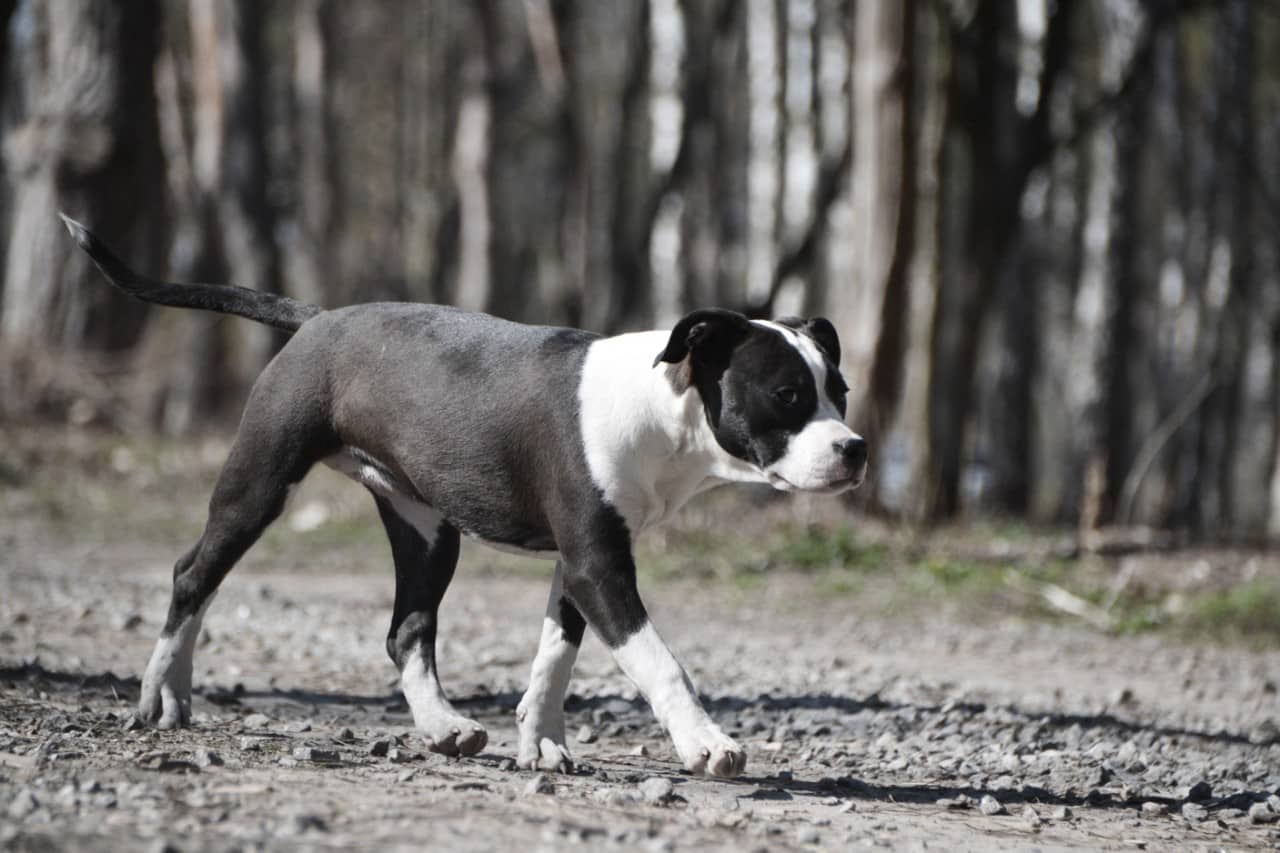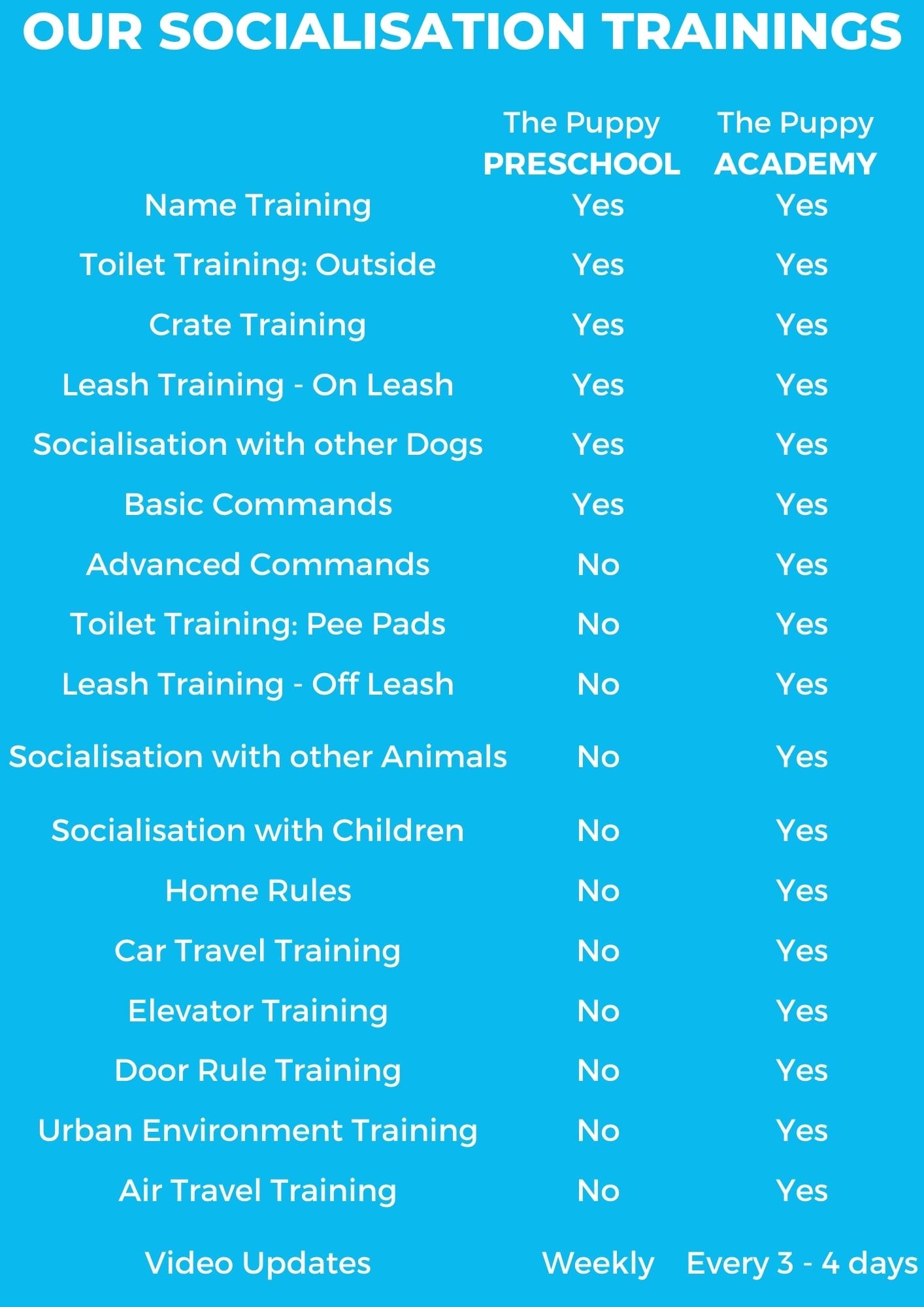Bloat
What is bloat? Also called Gastric Dilatation Volvulus (GDV) or twisted stomach, bloat is an acute, life-threatening condition that affects dogs. The disease progresses as follows:
- The stomach fills with gas, and becomes too stretched. The gas build-up means that the pressure inside the stomach increases, which can cause the stomach to rupture. At the same time, the increased pressure makes it difficult for blood to return from the hind-legs and abdomen to the heart, and will also make it difficult for the dog to breathe.
- The dog’s stomach also twists, usually in a clockwise direction. This can happen before or after it fills with gas. This twisting cuts off the blood supply to the stomach.
- The Portal vein, which leads to the liver, can be partly or totally closed by the twisting stomach, so blood cannot get to the liver to be detoxified. This results in an increase of toxins in the blood.
- It’s also possible for the twisting stomach to pull the spleen and pancreas out of places, cutting off the blood supply of these organs. In a worst case scenario, the pancreas may start producing toxic hormones which can kill the dog.
- The lack of circulating blood to the organs and tissues sends the dog into shock, which can also lead to the dog’s death.
In short, a dog with bloat will most likely die due to blood poisoning, peritonitis, and toxic shock.
Which dogs are most at risk of developing bloat?
- Deep chested dogs; Great Danes, Irish Setters, St Bernards, Weimeraners, and Gordon Setters seem most at risk of developing bloat, though the condition has been noted in most breeds.
- Dogs that eat only one large meal a day. The risk increases if the particles of food are less than 30mm in size. Food particles, especially dry foods like kibble, tend to swell up in the stomach, increasing risk of bloat.
- Older dogs.
- Dogs with relatives that are also prone to bloat.
- Dogs that drink too much water in a small period of time, before or after exercise.
- Dogs with Inflammatory Bowel Disease.
How is bloat diagnosed?
Dogs with bloat usually show similar symptoms:
- An enlarged, distended abdomen
- Salivation
- Retching, especially if nothing comes up
- Restlessness
- Standing and stretching
- Showing pain if you push their belly
If your dog shows one or more of these symptoms, you need to get the vet at once. A dog with bloat can go into shock in just one or two hours, so do not delay!
At the veterinary clinic, your vet will confirm the diagnosis of bloat during the physical exam. Your vet will probably need to take an X-ray to see if the stomach has twisted, and if so, how badly. Laboratory tests, such as blood tests and urinalysis, will help your vet to see how badly the disturbances to the dog’s metabolism are.
Can bloat be treated?
The good news is: Yes! Bloat is treatable. It is an emergency condition, so the first thing to do if you suspect that your dog has bloat is to get to the vet as quickly as possible. If treatment is delayed for more than 6 hours, or if he/she starts to develop peritonitis, low blood pressure, and other severe symptoms, the prognosis starts to look grim.
If your dog arrives in good time, the vet can start trying to stabilise your dog by providing oxygen and IV fluids, and if necessary, perform surgery to “untwist” the stomach. Dogs that have had time to stabilise properly before surgery have better chances of surviving.
Modern advances in veterinary medicine during the last 20 years mean that more dogs have survived bloat, but it is still all too often a fatal condition.
How to prevent bloat?
Any dog can develop bloat, but deep chested dogs are more at risk. If your dog is one of these breeds, you’ll need to be a little more careful with your dog’s meals; for example, it’s better to give two to three meals a day instead of one, large, single meal. There is some debate as to whether raised food bowls can help prevent bloat, but there’s no solid proof of this. You should also avoid exercising your dog just before or just after meals.
Eating too quickly also increases your dog’s chances of developing bloat. Some dogs tend to gulp down their food, but you can use slow-feeder bowls to slow them down. Other dogs tend to eat quickly when they feel anxious, and especially if other dogs are around. If you have more than one dog and are concerned about fast eating, try feeding your dogs in separate rooms. This way, your dog won’t feel the need to gulp down their food.
In high-risk patients, vets sometimes perform a surgery called a gastropexy, in which the stomach is surgically anchored to the body wall to keep it in place. A dog can still develop a bloated, gassy stomach after this surgery, the stomach won’t twist out of place. Consult your veterinarian to see whether a gastropexy is right for your dog.






















